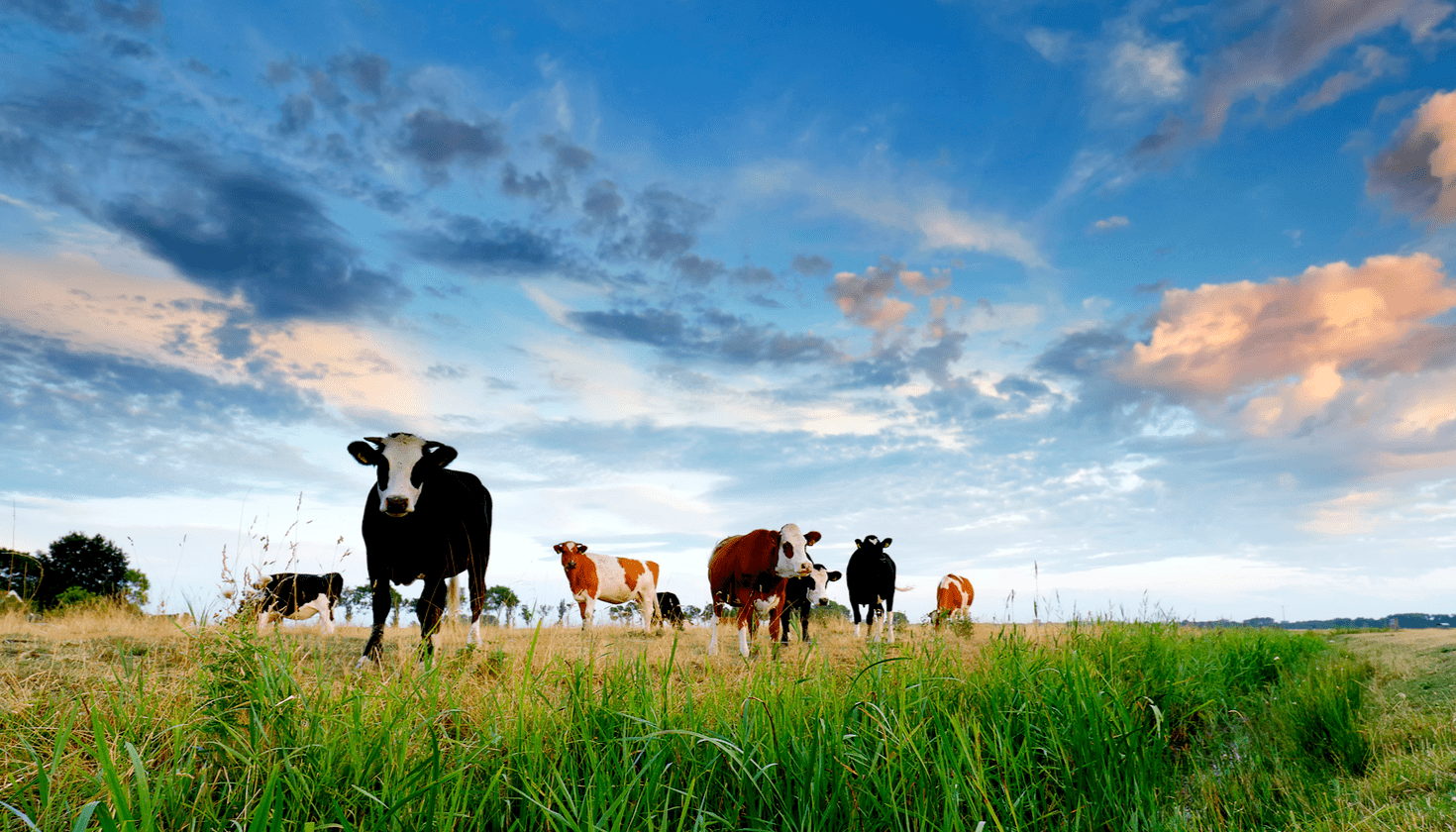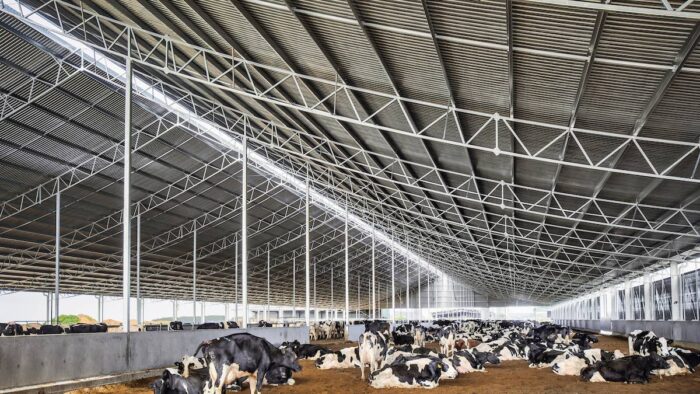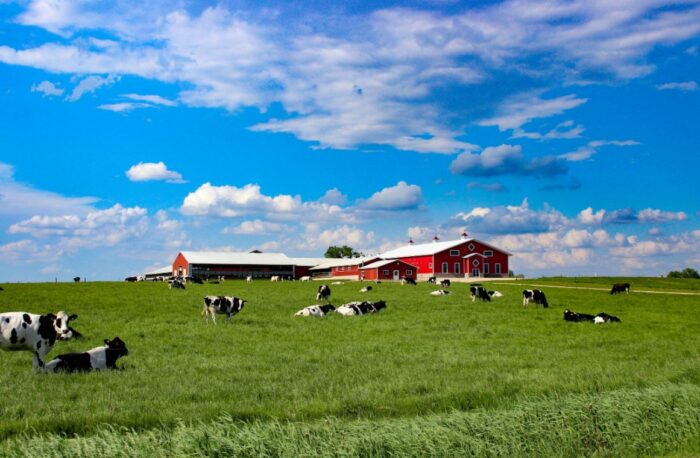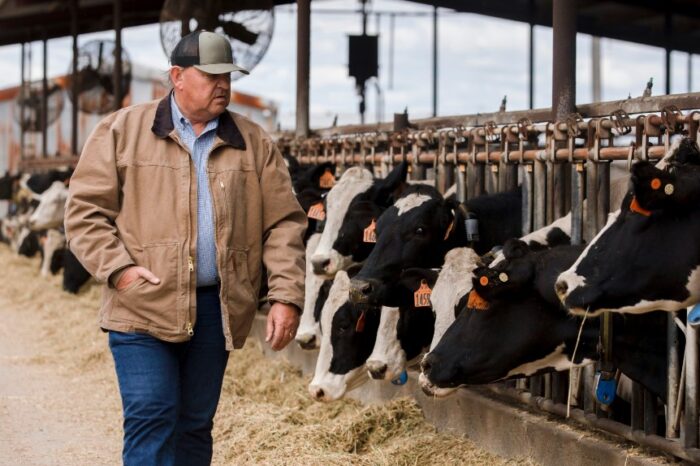
A cattle farm is a large, complex operation and requires a lot of care and attention to keep it running smoothly. If you’re interested in starting your own cattle farm, follow these tips to build and maintain a successful one.
1. Site Selection
Choosing the location for your cattle farm is an important part of planning and constructing a successful business. First off, accessibility is key – determine whether your location is easy to get to so that you can transport animals, feed, and equipment with ease. Make sure you have the right climate for raising cattle, as well as weather-appropriate housing and fencing. You want to be able to protect your herd from high winds, extreme temperatures, and humidity fluctuations that could harm them.
Next, consider how much land you’ll need – both for grazing pasture and housing – and what type of soil it has. Good quality soil will not only provide nutritional grazing ground for the animals but will also provide better accessibility should it need to be worked or cultivated in the future.
2. Fencing

Fencing must be secure in order to contain cattle within their designated areas. The type of fence required like a cattle gate will depend on the type of animal that is being contained as well as local zoning regulations and livestock management practices.
Fences should be properly maintained in order to keep livestock secure and safe. Any damaged fencing should be repaired immediately to prevent animals from escaping or predators from entering the property.
3. Water Supply
Water is essential for the success of your cattle farm. Properly supplied and treated water can play a huge role in increasing productivity, reducing disease, and maintaining a healthy herd.
Cattle need clean, fresh water every day, so plan how you will irrigate and source water for a variety of purposes including drinking, controlling dust on dirt roads leading to the farm, and general cattle hygiene needs such as supplemental bathing or cooling.
4. Beef or Dairy

Beef cattle are typically raised for their meat, while dairy cattle produce milk for human consumption. Dairy farms involve a more intensive operation since cows must be milked several times daily, whereas beef cows are simply raised for extended periods of time until ready for harvest.
A producer looking to raise beef does not need specialized equipment to care for or feed their animals; however, purchasing cattle from a breeder may be beneficial in order to secure animals of desired quality and genetics that can reach maturity quickly and efficiently – resulting in greater profits over time. With dairy cows, producers must also consider the cost of automation technology such as electronic milking systems if they plan on milking the cows themselves.
5. Selling Your Cattle
Selling your cattle can be a great way to turn your cattle farm into a profitable business. However, it’s important to ensure that you get the highest value possible for your cattle. Being well-prepared, approaching the right buyers, and negotiating effectively will help you maximize the value of your cattle. Let’s discuss further the process of selling your cattle:
- Research the current market prices for your cattle.
- Find potential buyers who are willing to pay a fair price for your cattle.
- Determine the best time to sell your cattle.
- Prepare your cattle for sale by ensuring they are healthy and well-groomed.
- Negotiate with buyers to get the best possible price.
- Close the deal and get paid for your cattle.

Wrapping up
Congratulations on your decision to become a cattle farmer! A cattle farm is a complex and challenging business, but with the right combination of planning and hard work, it can be an incredibly rewarding one. In this article, we have outlined some of the key steps you will need to take in order to build and maintain a successful cattle farm. Be sure to read everything closely so that you are fully prepared for the challenges ahead!








